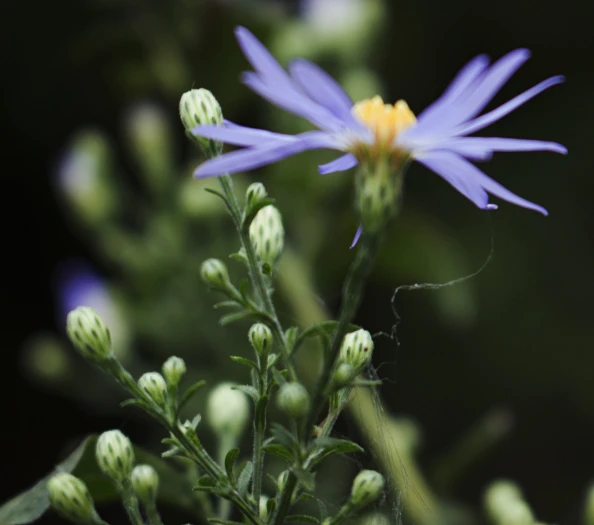Short’s Aster
(Symphyotrichum shortii)
Short’s Aster (Symphyotrichum shortii)
/
/

aarongunnar
CC BY 4.0
Image By:
aarongunnar
Recorded By:
Copyright:
CC BY 4.0
Copyright Notice:
Photo by: aarongunnar | License Type: CC BY 4.0 | License URL: http://creativecommons.org/licenses/by/4.0/ | Rights Holder: aarongunnar | Publisher: iNaturalist | Date Created: 2018-08-26T10:36:11-07:00 |





































Estimated Native Range
Climate Requirements for Waterloo, Iowa
| This Plant | Your Site | Plant Suitability for Your Location | ||
|---|---|---|---|---|
| • Precipitation | 16" - 62" | 35" | Your precipitation may be insufficient for this plant. Irrigate N" / year. | Irrigate N" / year |
| • High Temp. | 68°F - 93°F | 86°F | Your summer temperatures are normal for this plant. | Excellent |
| • Low Temp. | 4°F - 45°F | 7°F | Your winter temperatures are normal for this plant | Excellent |
This plant should grow well at your location with about N inches per year (Y minutes per month) of irrigation.
Summary
Symphyotrichum shortii, commonly known as Short’s Aster, is a semi-deciduous perennial herb native to open woodlands, meadows, and prairies in the East-Central United States. It typically grows to a height of up to 110 centimeters (3.5 feet) and features a clumping form with numerous branching stems. The plant produces an abundance of daisy-like flowers with purple rays and yellow centers from late summer into fall, which are highly attractive to pollinators such as bees and butterflies. The foliage is medium green and may take on a yellowish color in fall.
Short’s Aster is valued for its late-season blooms, which add color to the garden when many other plants have finished flowering. It is often used in native plant gardens, borders, and as part of pollinator-friendly landscapes. This aster prefers full sun to part shade and requires medium amounts of water, thriving in well-drained soils. It is relatively low maintenance but can be susceptible to powdery mildew if air circulation is poor. Deadheading spent flowers can encourage a longer blooming period and prevent self-seeding, which can be prolific under ideal conditions.CC BY-SA 4.0
Short’s Aster is valued for its late-season blooms, which add color to the garden when many other plants have finished flowering. It is often used in native plant gardens, borders, and as part of pollinator-friendly landscapes. This aster prefers full sun to part shade and requires medium amounts of water, thriving in well-drained soils. It is relatively low maintenance but can be susceptible to powdery mildew if air circulation is poor. Deadheading spent flowers can encourage a longer blooming period and prevent self-seeding, which can be prolific under ideal conditions.CC BY-SA 4.0
Plant Description
- Plant Type: Herb
- Height: 1-3 feet
- Width: 2-3 feet
- Growth Rate: Moderate
- Flower Color: Purple
- Flowering Season: Summer, Fall
- Leaf Retention: Deciduous
Growth Requirements
- Sun: Part Shade, Full Shade
- Water: Medium
- Drainage: Medium
Common Uses
Bee Garden, Bird Garden, Butterfly Garden, Low Maintenance, Showy Flowers
Natural Habitat
Native to open woodlands, meadows, and prairies in the East-Central United States
Other Names
Common Names: Aster De Short
Scientific Names: Symphyotrichum shortii , Aster shortii , Aster shortii f. gronemannii , Aster camptosorus , Aster shortii f. candidus , Aster shortii var. monroei , Aster shortii f. asper , Aster shortii f. shortii , Aster shortii subsp. gronemannii , Aster shortii subsp. shortii
GBIF Accepted Name: Symphyotrichum shortii (Lindl.) G.L.Nesom